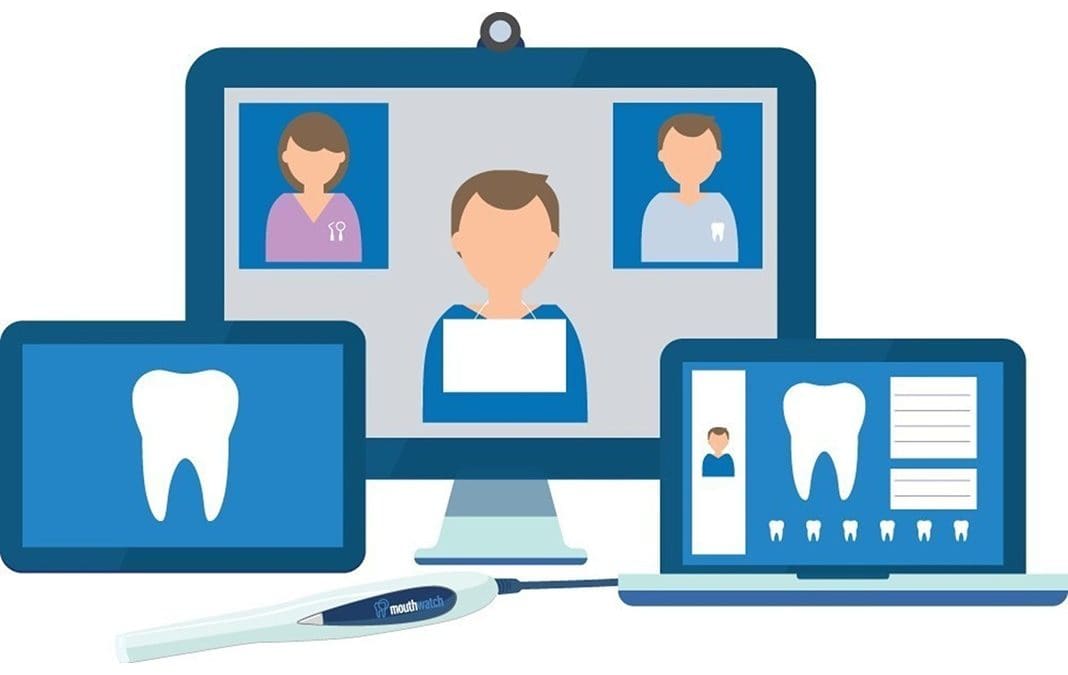Teledentistry is the use of information and telecommunication technology to offer remote dental care. Dentists use teledentistry to provide consultations, examinations, education, and even treatments. Here are some common forms of teledentistry.
1. Synchronous
Synchronous teledentistry involves a real-time interaction between you and the dentist. In a common form of synchronous teledentistry, both the dentist and the patient use a camera, speaker, and microphone. All the devices interconnect and connect to the internet. That way, you can talk to, see, and hear each other.
However, other forms of synchronous teledentistry exist. The main feature is that the patient and the dentist can interact in real-time. For example, dental care over the phone is a form of synchronous teledentistry.
The Benefits
Synchronous teledentistry has multiple benefits. Here are some of them:
- The dentist can assess the patient’s concerns in real-time
- The dentist can give the patient feedback on the spot
- The patient can request immediate clarifications from the dentist
Note that both the dentist and their patient must be on the same schedule for synchronous teledentistry since the consultation happens in real-time. Thus, synchronous teledentistry mostly happens during normal business hours, except for emergency issues.
2. Asynchronous
Asynchronous teledentistry is roughly the opposite of synchronous teledentistry. In the asynchronous technique, dentist-patient interaction doesn’t take place in real-time. Rather, the patient records the relevant dental information and forwards it to their dentist. The dentist reviews and evaluates the information and gets back to the patient later.
Say you have a tooth problem. You can take a picture of the tooth and forward it to the dentist for evaluation. The dentist will then get back to you with recommendations. For example, the dentist may prescribe a drug or schedule some tests for further evaluation.
The Benefits
Asynchronous teledentistry also has its strengths. Here is a couple of them:
- The dentist can easily share the collected information with other specialists – if there is a need.
- The dentist and their patient don’t need to be on the same schedule. For example, the patient can collect the necessary information at night and forward it to the dentist for daytime evaluation.
The nature of the information your dentist will collect determines your consultation. In some cases, you may need a health or dental professional to collect further data from you.
3. Mobile Health
Mobile health (mHealth) teledentistry relies on mobile communication devices. The main devices are cell phones, but others include tablet computers (tabs), personal digital assistants (PDAs), and even wearable devices (such as smartwatches).
Most forms of mHealth allow patients to capture data without dentists’ involvement. Here are some forms of mHealth solutions:
- A patient uses an app to track the progress or recovery of a chronic dental problem, such as dental cavities or gingivitis.
- A patient uses digital reminders to take prescribed medication, for example, when recovering from dental surgery.
- A patient uses mobile apps to track intermittent symptoms, such as dental pain that comes and goes.
Some mHealth solutions send data back to the dentist for further evaluation. Some don’t require further involvement of the dentist
The Benefits
The benefits of mHealth solutions are numerous. Here are a few examples:
- The dentist and their patient do not always need to coordinate their schedules.
- Most people already have the necessary technology, such as cell phones.
- Some forms of mHealth solutions, such as wearable devices, can operate in the background even without the patient’s involvement.
The mHealth subcategory of teledentistry is growing. New apps and solutions are emerging every day. Some dentists even have unique in-house solutions.
Many dentists don’t restrict themselves to one type of teledentistry. Rather, they use various or integrated teledentistry solutions as each circumstance demand. Parkview Dental Associates, SC, offers various forms of dental services, some of them via teledentistry. Contact us for professional dental services.

